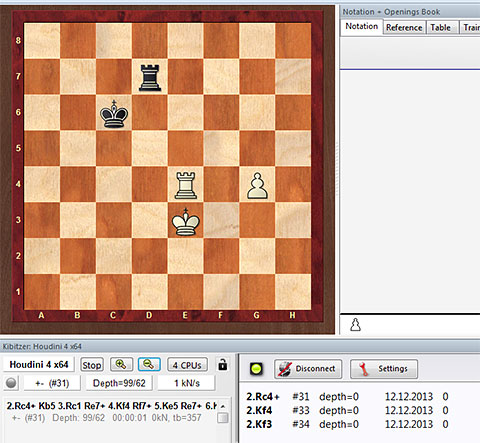
Recently the composer Árpád Rusz (mentioned in the last column) devised a program to generate hundreds of thousands of 7-piece MZ positions, categorised according to materials such as KPPP vs KPP and KRPP vs KRP. This curious type of situation is considered interesting in endgame theory, and tablebases have been used to systematically uncover examples. In a mutual zugzwang (MZ) position, whoever has the move would prefer to pass on the turn because every possible move of each side contains a significant weakness, one that would result in a worse outcome than if the other player is to move. The third is an offbeat endgame study that cleverly exploits not only tablebase data but also a problem convention relating to the 50-move draw rule. The first two are examples of mutual zugzwang, a paradoxical situation where neither player wants to be the side to move. Here I will present three remarkable positions that came about with the aid of this tool.

2018) and considered how they have been utilised in the field of chess composition.

I gave a brief overview of tablebases in the previous Walkabout ( 8 Sep. They can determine (1) the outcome – win, loss, or draw – of every legal move in such positions based on optimal play by both sides, and (2) the precise number of moves required to force a mate for each winning or losing move.
#6 piece syzygy endgame tablebase software#
Endgame tablebases are software that provides perfect play information with total accuracy for any position with up to seven pieces.


 0 kommentar(er)
0 kommentar(er)
